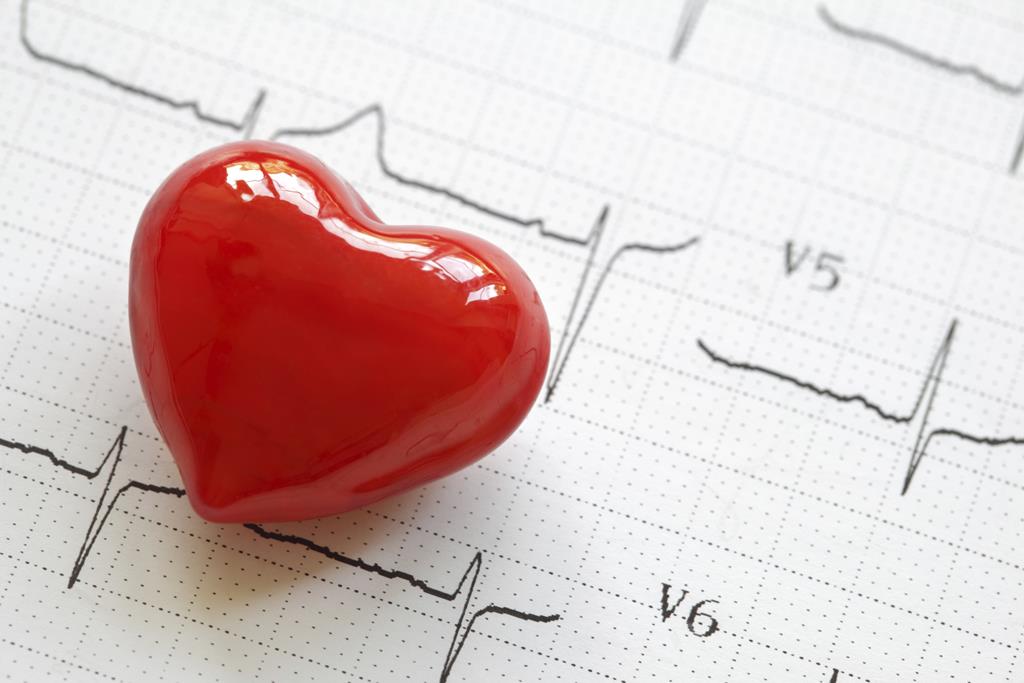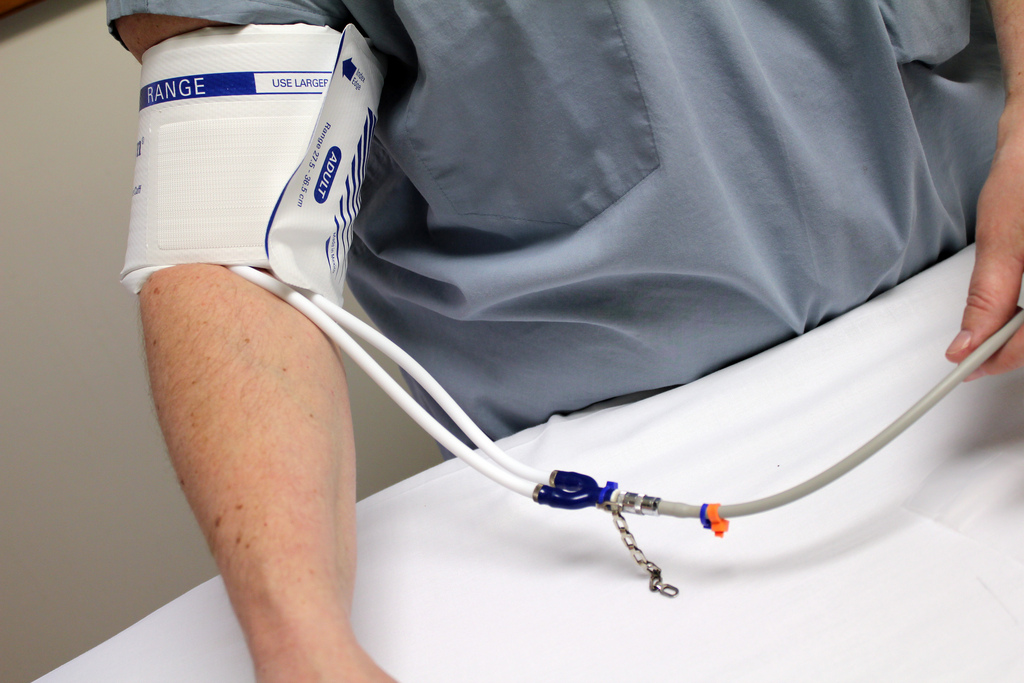When was the last time you had your blood pressure checked? If you are a man over the age of 45 or a woman aged 55 and above, then hypertension poses a real threat to your health. According to data from the Center for Disease Control, at least half of all men and women in the U.S. will develop hypertension at some point after middle age.
High blood pressure, as everybody knows, is the major cause of heart attack and stroke, two of the three main killers in the U.S. Regular screening is recommended- at least once a year- and a health expert should be consulted the minute you spot any symptoms of high blood pressure.
In some instances, your blood pressure might go up without any particular symptoms showing up, which is why doctors advise people to get checked every now and then.
The Basics of Blood Pressure
Oxygen-rich blood is carried away from your heart by arteries, to be transported to every part of your body. When your heart beats, it forces pressure on the walls of the arteries, forcing more blood into the vessels and pushing it through: this is called systolic pressure. In between beats, the pressure drops, and this is what’s called diastolic pressure.
If these blood vessels stiffen up or become narrow, pressure builds up and your heart then has to work harder to keep the blood moving. Your heart is a muscle about the size of your fist, and it beats over 2 billion times in an average lifetime- you really don’t want to put any more pressure on it.
What’s Your Blood Pressure Reading?
To measure your blood pressure, a healthcare provider will place a cuff around your arm and inflate it to trap blood coming out of your heart. The cuff is then slowly deflated, and the healthcare provider will focus on an artery on your arm, listening to the heart beat in order to measure both systolic and diastolic pressures.
Here’s what the readings mean:
- Systolic pressure measuring 120 or less, and diastolic pressure measuring 80 or less, indicates normal blood pressure.
- Systolic pressure measuring 120 or higher, and diastolic pressure measuring 80-89 indicates pre-hypertension.
- Systolic pressure measuring 139 or higher, and diastolic pressure measuring 89 or higher may indicate hypertension.
It should be noted that a single blood pressure reading may not be sufficient to form proper diagnosis of hypertension. Health experts will do several readings on different days before coming to a final conclusion.
How To Keep Blood Pressure In The ‘Normal’ Range
Factors such as age, gender, and existing medical conditions like diabetes can increase your chances of acquiring the condition. But there are ways to minimize risk.
- Exercise: In addition to strengthening muscles and aiding weight loss, exercise also causes the body to release nitric acid, which broadens blood vessels, therefore reducing blood pressure.
- Lose excess weight: Being overweight increases the risk of acquiring diabetes and heart disease, and it increases blood pressure.
- Quit smoking and minimize alcohol intake. Alcohol dehydrates and raises blood pressure. Nicotine constricts blood vessels, raising blood pressure. Quitting will also minimize the risk of cancer and heart disease.
- Eat healthy food. A diet rich in fruits, veggies, fish, poultry, nuts, and whole grains will make it easier for your body to maintain healthy blood pressure. Salt intake should also be kept at a minimum.
- Check your stress levels. Find a healthy way to reduce stress- such as exercise- and make sure to hydrate and get enough sleep.
If you have more questions about your blood pressure, talk to your doctor. Make sure to check your blood pressure regularly and keep away from substances that increase blood pressure.
Sourced from: Everyday Health
Posted on May 22, 2023



